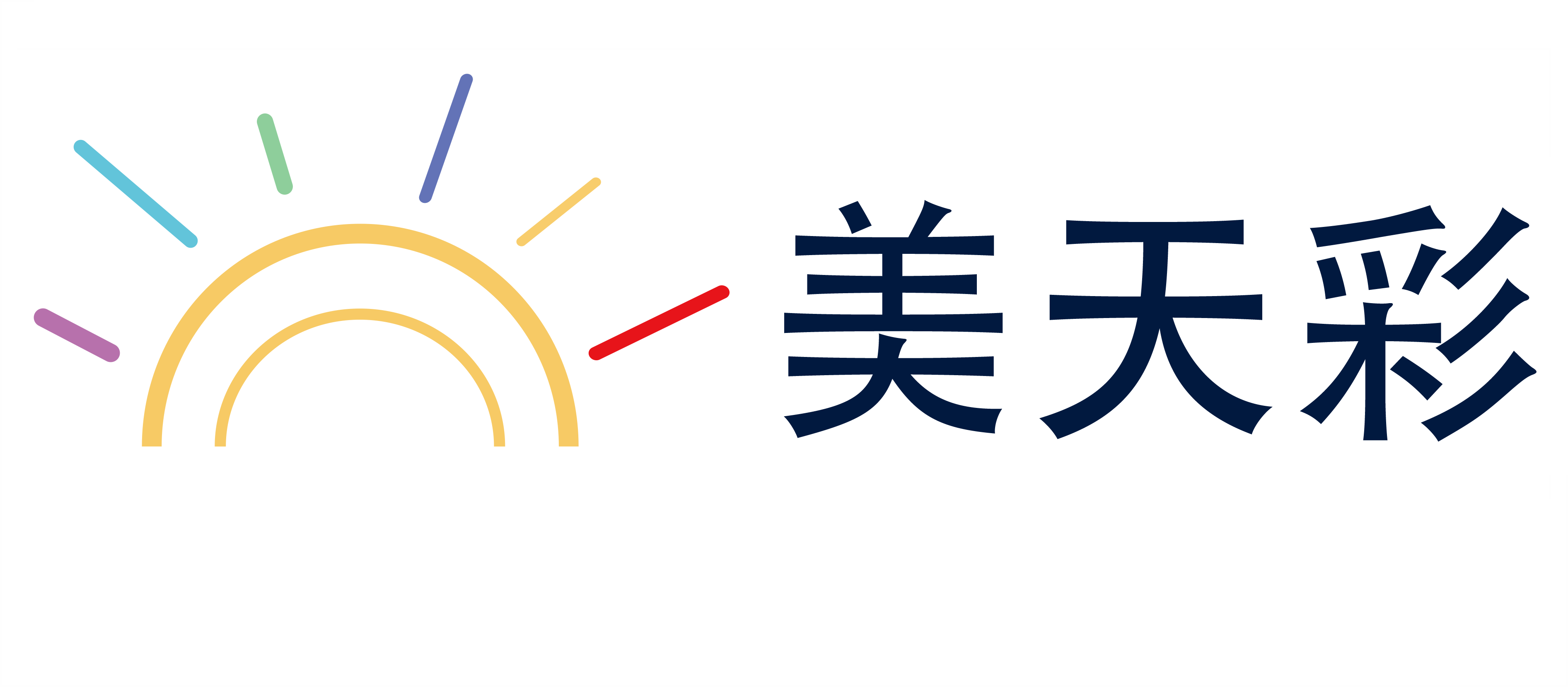东南亚化妆品PFAS监管政策解读与合规挑战
Southeast Asian countries have been increasingly focusing on the regulation of cosmetics, particularly in addressing the issue of perfluorinated acids and their sulfonates (PFAS) in cosmetic products. PFAS, a class of highly fluorinated organic compounds, has been widely used in cosmetics for their unique chemical properties, such as water solubility, corrosion resistance, and biodegradability. However, the use of PFAS in cosmetics has also been criticized for potential health risks and environmental impacts. In response to growing concerns about PFAS in cosmetics, several Southeast Asian countries have introduced strict regulations to prohibit the use of PFAS in cosmetic products.
1. PFAS Overview
PFAS are a group of synthetic chemicals that have been widely used in various industries, including cosmetics, for their unique properties. These chemicals are typically used as additives in cosmetics to enhance their performance, such as increasing water solubility, improving texture, and enhancing shelf life. PFAS are generally considered non-toxic at low levels, but chronic exposure to PFAS has been linked to various health issues, including endocrine disruption, reproductive toxicity, and skin irritation.
2. Regulatory Policies in Southeast Asia
In recent years, several Southeast Asian countries have introduced regulations to ban the use of PFAS in cosmetic products. For instance, Thailand has introduced the cosmetics regulation framework that prohibits the use of PFAS in cosmetic products. Similarly, Malaysia, Singapore, and the Philippines have also introduced regulations to address the issue of PFAS in cosmetics.
These regulations are part of a global trend towards reducing the use of PFAS in cosmetics. The European Union, North America, and other regions have also introduced regulations to ban PFAS in cosmetics. The introduction of these regulations reflects the growing recognition of the potential health risks associated with PFAS exposure.
3. Compliance Challenges
Despite the introduction of regulations, companies that produce cosmetics in Southeast Asian countries face several compliance challenges. These challenges include ensuring that their products comply with the new regulations, which may require significant changes to their production processes, ingredient sourcing, and quality control systems.
One of the key challenges is ensuring that the cosmetic products do not contain PFAS. This requires companies to implement rigorous screening processes for PFAS in their raw materials, intermediates, and finished products. Additionally, companies must ensure that their production processes do not inadvertently introduce PFAS into their products.
Another challenge is the implementation of the cosmetic product labeling requirements. Under the new regulations, cosmetic products must clearly label the presence of PFAS. This requires companies to have a clear understanding of the regulatory requirements and to implement labeling systems that are both accurate and compliant.
4. Strategies for Compliance
To address these challenges, companies can take several steps to ensure compliance with the new regulations. First, companies should conduct a thorough review of their ingredient sourcing and selection processes to identify and eliminate PFAS-containing ingredients. This may involve working with suppliers to ensure that their products meet the regulatory requirements.
Second, companies should implement robust quality control systems to monitor the presence of PFAS in their products throughout the production process. This may involve using advanced analytical techniques, such as high-performance liquid chromatography (HPLC) or mass spectrometry (MS), to detect PFAS in their products.
Third, companies should invest in training their employees on the new regulations and the importance of compliance. This training should cover not only the technical aspects of PFAS detection and prevention but also the regulatory requirements and the potential consequences of non-compliance.
Finally, companies can leverage technology and data analytics to monitor and track the performance of their production processes. For example, real-time monitoring systems can be used to ensure that PFAS levels in the products are within acceptable limits. Additionally, data analytics can be used to identify trends and patterns in PFAS contamination, allowing companies to take proactive measures to address potential issues.
5. Conclusion
The introduction of PFAS regulations in Southeast Asian countries marks a significant step towards reducing the use of PFAS in cosmetics and protecting public health. However, companies that produce cosmetics in these regions must carefully navigate the compliance challenges associated with these regulations. By implementing rigorous screening processes, quality control systems, and training programs, companies can ensure that their products are compliant with the new regulations and meet the growing demand for safe and sustainable cosmetic products.
上述信息,涵盖图片、视频以及各类文字资料,美天彩仅扮演信息存储的角色。若存在任何侵犯知识产权或其他合法权益的情形,请立即联系我们删除,切实维护您的权益。
郑重声明
- 延伸阅读:
- 上一篇:东南亚眼部化妆品法规的最新变化
- 下一篇:东南亚OTC化妆品注册合规性保障技巧

Experts Q & A
外贸专家答疑
为了帮助您更快地解决问题,建议向我们的外贸专家进行咨询,提供专业的方案咨询和策划。


马上留言 (0) 0